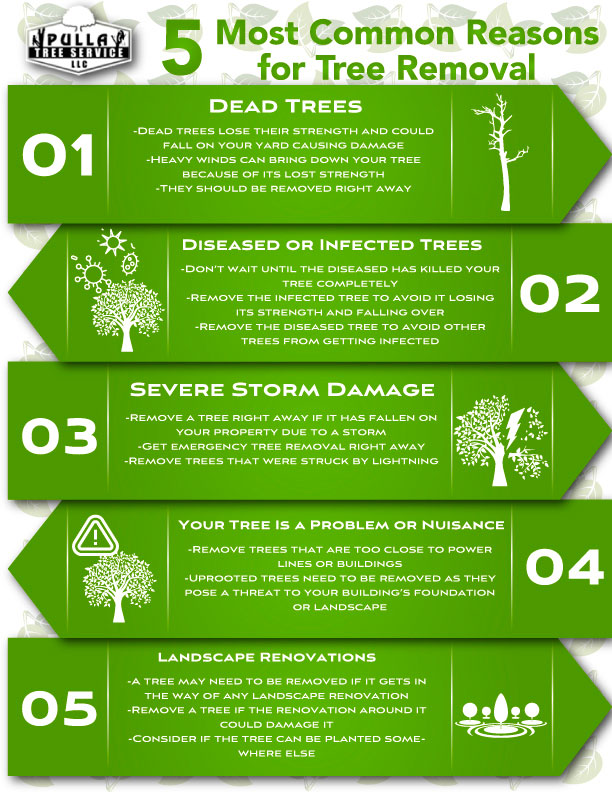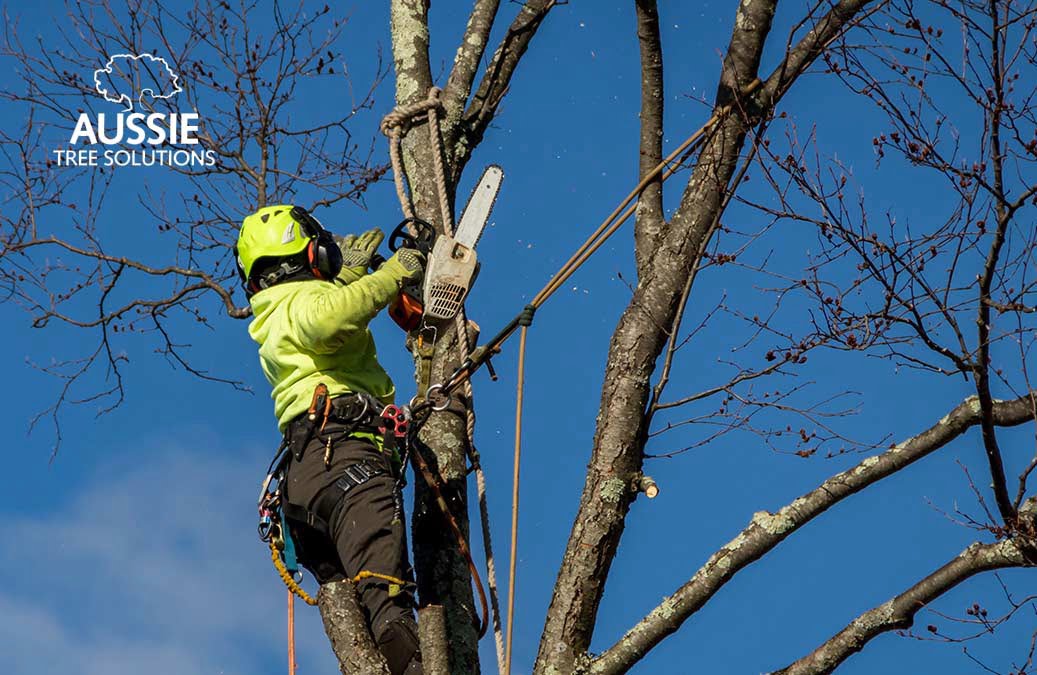All Categories
Featured
Table of Contents
- – How Much Does A Wollongong City Council Tree R...
- – What Do I Need To Know To Hire A Tree Loppers ...
- – The Best Tree Removal Wollongong Area?
- – What Is The Best Tree Loppers Wollongong Comp...
- – What Does Arborist Wollongong Cost?
- – Who Has The Best Wollongong City Council Tre...
- – A Better Tree Services Wollongong?
Tree roots play an important function in maintaining the soil, as they pass through deep right into the ground, anchoring it and avoiding disintegration. When trees are gotten rid of, the absence of these origin systems leaves the soil much more vulnerable to erosion triggered by wind and rainfall. Tree removal experts might recommend soil stablizing methods to secure the ground from erosion.
The removal of trees can create open rooms that are susceptible to weed invasion. When trees are present, their dense canopies typically shade the ground, limiting the amount of sunshine that reaches the soil. After the elimination of trees, these open areas get increased sunshine, giving perfect conditions for weed development.
How Much Does A Wollongong City Council Tree Removal Cost?
To battle weed intrusion and preserve the stability of the ground, professionals in tree removal can give useful suggestions on reliable weed administration methods. They may recommend using compost, which serves as a safety barrier on the soil surface, stopping weed seeds from germinating and reducing weed growth.
The visibility of trees cultivates a rich and varied neighborhood of dirt germs. Tree roots give a resource of raw material, exudates, and nutrients that support the growth and activity of helpful soil microbes. When trees are gotten rid of, the absence of their origins can interrupt the fragile equilibrium of the soil's microbial environment.
This modification in pH can influence vitamins and mineral accessibility, microbial task, and overall dirt health. To resolve the impacts of tree reducing on soil pH, tree removal specialists can provide beneficial guidance. They might recommend dirt screening to assess the current pH levels and identify the essential modifications. Based upon the outcomes, professionals can recommend pH modification approaches, such as adding lime to raise soil pH or including important sulfur to lower it.
What Do I Need To Know To Hire A Tree Loppers Wollongong?
It refers to the compression of dirt bits, leading to lowered pore room and enhanced soil density. This compaction can adversely impact the dirt's capacity to operate optimally, impacting its water-holding capacity, vitamins and mineral availability, and origin penetration. Proper techniques utilized by tree removal experts can help reduce compaction and preserve the soil's capacity to preserve water, and enable sufficient air movement and mindful tools handling.
The removal of trees can develop open areas that are at risk to weed intrusion. When trees are present, their thick canopies usually shade the ground, restricting the amount of sunshine that reaches the dirt. After the elimination of trees, these open areas receive boosted sunshine, supplying suitable problems for weed growth.
The Best Tree Removal Wollongong Area?
They might recommend the usage of compost, which acts as a protective barrier on the soil surface, preventing weed seeds from germinating and reducing weed development.
The visibility of trees fosters a rich and varied neighborhood of soil microbes. Tree origins provide a source of raw material, exudates, and nutrients that support the growth and task of beneficial soil microbes. Nonetheless, when trees are eliminated, the absence of their origins can interrupt the fragile equilibrium of the soil's microbial community.
To address the impacts of tree cutting on dirt pH, tree elimination specialists can supply beneficial suggestions. Based on the results, specialists can suggest pH adjustment techniques, such as adding lime to raise soil pH or integrating important sulfur to reduce it.
It describes the compression of dirt fragments, causing reduced pore room and increased dirt density. This compaction can adversely influence the soil's capacity to work ideally, influencing its water-holding capacity, vitamins and mineral schedule, and origin infiltration. Proper strategies utilized by tree removal experts can help decrease compaction and maintain the dirt's capability to maintain water, and permit appropriate air movement and mindful tools handling.
What Is The Best Tree Loppers Wollongong Company Near Me

The elimination of trees can produce open spaces that are prone to weed invasion. When trees are present, their dense canopies often shade the ground, restricting the quantity of sunlight that reaches the dirt. After the elimination of trees, these open areas get raised sunshine, supplying suitable conditions for weed growth.
They may suggest the usage of compost, which acts as a protective barrier on the dirt surface area, preventing weed seeds from sprouting and subduing weed development.

The visibility of trees cultivates an abundant and diverse community of soil microorganisms. Tree roots supply a resource of organic matter, exudates, and nutrients that sustain the growth and activity of advantageous dirt bacteria. However, when trees are removed, the lack of their roots can interrupt the fragile balance of the dirt's microbial ecosystem.
What Does Arborist Wollongong Cost?
To resolve the results of tree reducing on soil pH, tree elimination professionals can offer useful recommendations. Based on the results, experts can suggest pH change approaches, such as including lime to elevate soil pH or including essential sulfur to reduce it.
It describes the compression of dirt bits, causing decreased pore area and enhanced soil density. This compaction can negatively impact the soil's capability to operate efficiently, influencing its water-holding capacity, nutrient availability, and origin infiltration. Appropriate techniques utilized by tree removal professionals can help lessen compaction and protect the dirt's capacity to preserve water, and permit ample air flow and cautious tools handling.
Who Has The Best Wollongong City Council Tree Removal?
The elimination of trees can develop open spaces that are susceptible to weed intrusion. When trees are present, their thick covers commonly shade the ground, limiting the quantity of sunlight that gets to the soil. Nevertheless, after the elimination of trees, these open areas obtain enhanced sunshine, supplying excellent conditions for weed development.
They may suggest the usage of compost, which acts as a safety obstacle on the soil surface area, avoiding weed seeds from sprouting and subduing weed development.
The existence of trees cultivates a rich and diverse neighborhood of dirt microorganisms. Tree origins offer a source of raw material, exudates, and nutrients that sustain the growth and activity of advantageous soil bacteria. When trees are removed, the absence of their origins can interrupt the delicate balance of the dirt's microbial community.
A Better Tree Services Wollongong?
To attend to the impacts of tree cutting on soil pH, tree removal specialists can offer valuable guidance. Based on the results, specialists can recommend pH change methods, such as adding lime to increase soil pH or integrating elemental sulfur to decrease it.
It describes the compression of dirt particles, causing lowered pore room and boosted dirt density. This compaction can negatively influence the dirt's capability to operate optimally, influencing its water-holding capability, nutrition schedule, and origin infiltration. Proper techniques utilized by tree removal experts can assist minimize compaction and maintain the soil's capability to preserve water, and enable ample airflow and careful equipment handling.
Table of Contents
- – How Much Does A Wollongong City Council Tree R...
- – What Do I Need To Know To Hire A Tree Loppers ...
- – The Best Tree Removal Wollongong Area?
- – What Is The Best Tree Loppers Wollongong Comp...
- – What Does Arborist Wollongong Cost?
- – Who Has The Best Wollongong City Council Tre...
- – A Better Tree Services Wollongong?
Latest Posts
Which Is The Best Tree Cutting Services Wollongong Service?
Who Has The Best Tree Cutting Wollongong?
What Is The Best Stump Removal Wollongong Product?
More
Latest Posts
Which Is The Best Tree Cutting Services Wollongong Service?
Who Has The Best Tree Cutting Wollongong?
What Is The Best Stump Removal Wollongong Product?